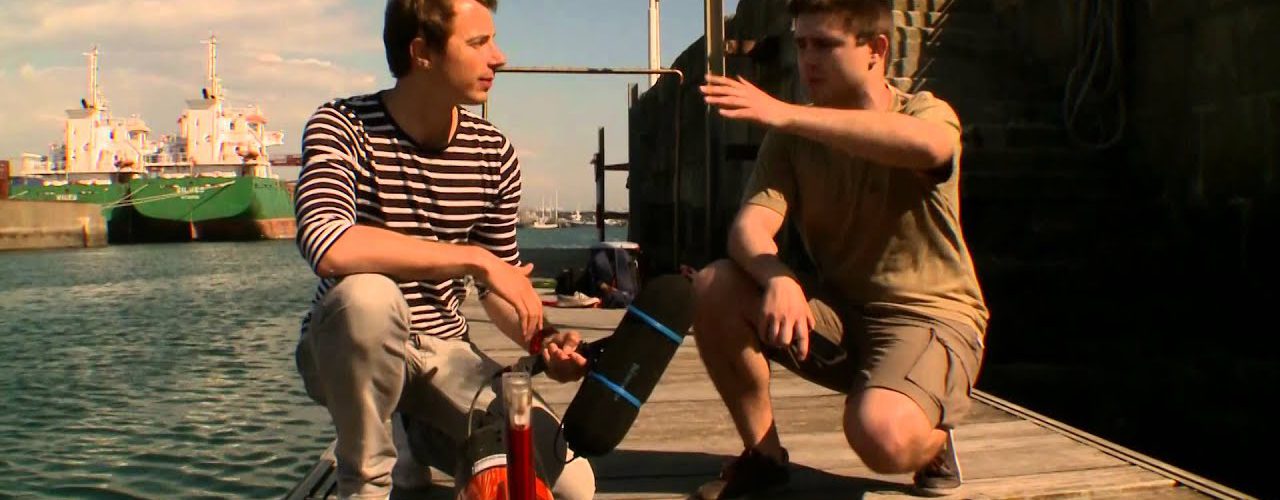Underwater robots can explore seas and rivers, gathering in groups to solve problems together, if they learn to cooperate.
How can we teach robots?
Engineers in the Portuguese town of Porto are working on SUNRISE, a European research project developing drone submarines, which talk to each other using sound signals.
Computer Science Professor Chiara Petrioli is the project coordinator:
“What you see here are underwater robots that are able to communicate and cooperate with each other, creating the so-called ‘Internet of underwater things’,” she explains. “It’s a novel concept that allows different devices, such as sensors and robots, to exchange information. This opens up new ways to monitor our oceans, lakes and rivers.”
A group of robots – each carrying a particular set of sensors – will scour the seabed looking for a lost object or a chemical leak. By working together, they can collect a lot of information in a short space of time.
Ricardo Martins, a researcher in embedded software, explained how the robots communicate with each other.
“The acoustic communication is very similar to how humans speak,” he says. “The vehicles talk to each other underwater, using a range of frequencies that goes from the frequencies produced by our voices to the inaudible acoustic spectrum.”
What can robots see underwater?
The submarines transmit data to a control centre on the ground. Their exact position and some environmental factors – such as the temperature and chemical composition of the sea water – are then displayed.
[youtube=http://www.youtube.com/watch?v=Hx-0Ya8u2js] BONUS VIDEO Everybody knows flying drones, but have you seen a diving one? A new robotic submarine can be controlled with an Android smartphone to carry out underwater missions, as shown by José Braga, researcher in autonomous underwater vehicles’ navigation and control from the University of Porto.
Roberto Petroccia is a computer science researcher. He explains how the drones are controlled:
“Several vehicles operate in the area at the same time and we control them all from this centre. We give them instructions like ‘Move from point A to B’, and we monitor their movement almost in real time,” he says. “We use an acoustic channel when they’re underwater or radio when at the surface.”
Their waterproof casing allows the submarines to dive to depths of up to a hundred metres. Depending on the mission, they can be configured differently to collect, record and transmit various types of data, as Ricardo Martins outlines:
“Along with the acoustic modem that allows the submarine to communicate underwater, it has environmental sensors, a computer system that allows it to navigate underwater, batteries that keep it going for eight hours and modules for radio and satellite communication.”
Crucial for search and rescue operations, an on-board sonar device finds sunken objects by emitting pulses of sound and listening for echoes. It has already helped to find a lost container in the port of Porto.
Lino Antunes, head of the emergency department at Porto’s port operation and security base, speaks of the use of such devices:
“They are useful for three main applications: first, for port security. Second, for environmental monitoring, which is very important to us. And third, for inspections of the ships that dock at the port,” he says.
From oceans to rivers, mini-submarines work wherever it is too risky – or too expensive – to send human divers. The new technology should give us a better understanding of the silent world, as SUNRISE coordinator Chiara Petrioli explains:
“From the discovery of underwater volcanoes and archeological sites to the protection of our coasts, infrastructure and ports – this technology will give us a much deeper understanding of our world. And that’s an essential element for the future of humanity.”





